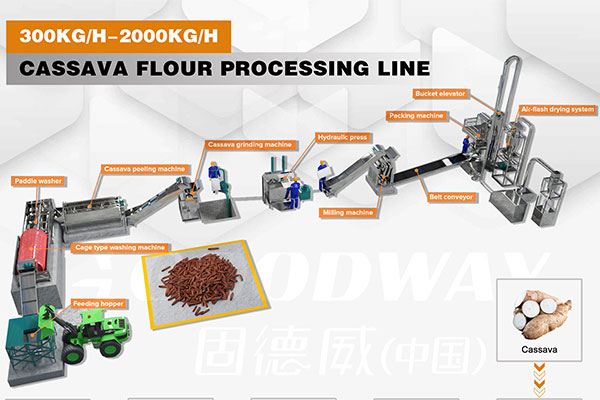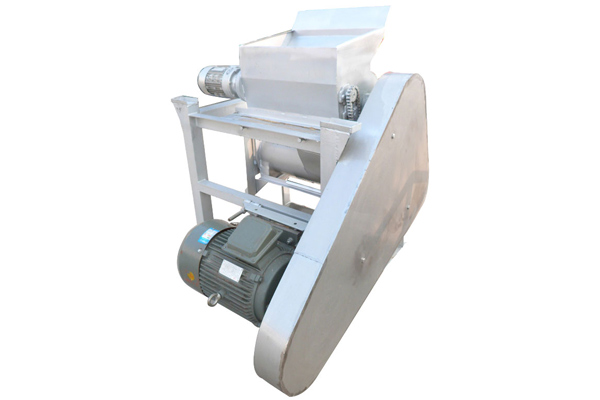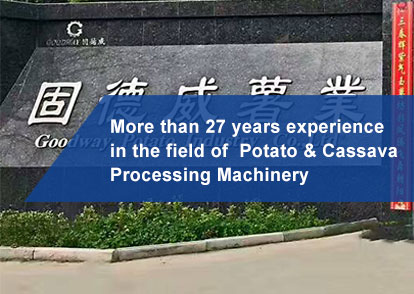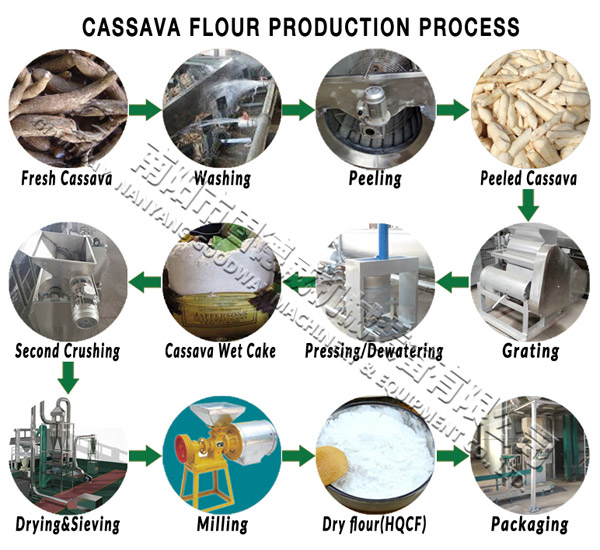First, let's know more about what's cassava.
Cassava, also known as yuca or mandioca, is highly nutritious perennial plant harvested from November to February. Cassava typically grows in warm temperature and is known to prosper in less optimal conditions. For its tolerance to drought, cassava is one of the staple food for a population in sub-Saharan African countries. Cassava is commonly consumed in the form of flour or the root itself, which has culinary uses similar to that of potatoes. It is also used to make alcoholic drinks in South America.
Then what's the difference between cassava flour and tapioca?
It seems that many people assume that they are the same, but in fact they are two different products with slightly different properties - even though they are from the same plant.
They look alike.
They are both light white flours that squeak between their fingers.
They threaten to fly with you and everything around you with the smallest breeze!
And they are both from the cassava tuber (also known as yucca).
Tapioca is the strength of the cassava tuber, while cassava flour is the whole tuber, dried and ground, which makes it a different flour with different properties.
The following flowchart provides a brief overview of the how to process tapioca (cassava starch).
Below please kindly check how to process cassava flour, then you can understand more clearly the difference between cassava flour and tapioca.
Anyway, tapioca is a form of starch extracted from cassava root, cassava flour is the powder after cassava peeling and grinding and drying.

 EN
EN
 fr
fr  es
es  it
it  pt
pt 









